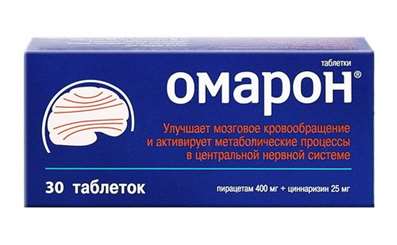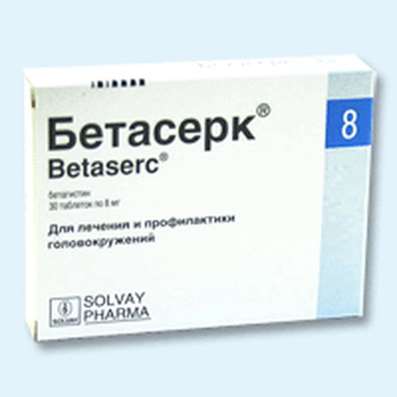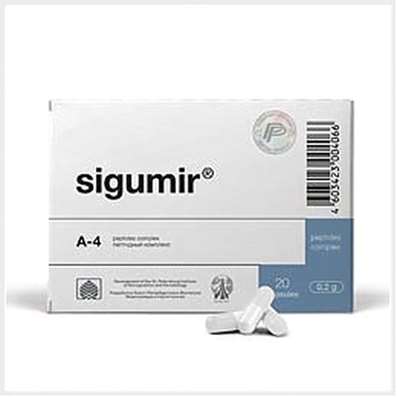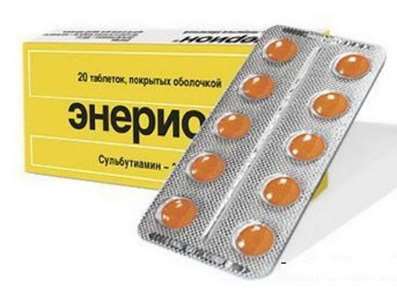Instruction for use: Imipramine
I want this, give me price
Latin name of substance Imipramine
Imipraminum (genus. Imipramini)
Chemical name
10,11-Dihydro-N, N-dimethyl-5H-dibenz [b, f] azepin-5-propanamine (mainly monohydrochloride)
Gross formula
C19H24N2
Pharmacological group:
Antidepressant
The nosological classification (ICD-10)
F11 Mental and behavioral disorders caused by the use of opioids: Dependence on opioid preparations; Opiate withdrawal syndrome; Heroin dependence; Heroin addiction; Diagnosis of opioid dependence; Morphine abstinence; Morphine abstinence; Opium addiction; Opium abstinence syndrome; Opioid dependence; Opioid addiction; Behavioral and postabstinctive disorder in drug dependence
F13 Mental and behavioral disorders caused by the use of sedatives or hypnotics: Dependence on anxiolytics and hypnotics; Dependence on benzodiazepines
F25 Schizoaffective disorders: Schizoaffective disorders; Schizoaffective psychosis; Schizoaffective disorder
F32 Depressive episode: Adynamic subdepression; Astheno-adynamic subdepressive states; Asthenoadressive disorder; Astheno-depressive disorder; Asthenodepressive state; Astheno-depressive state; Major Depressive Disorder; Vyaloapatichesky depression with retardation; Double Depression; Depressive pseudodement; Depressive illness; Depressive mood disorder; Depressive disorder; Depressive mood disorder; Depressive state; Depressive disorders; Depressive syndrome; Depressive syndrome larviated; Depressive syndrome in psychoses; Depressed masks; Depression; Depression Depletion; Depression with the phenomena of inhibition within the framework of cyclothymia; Depression is smiling; Involutional depression; Involutionary melancholy; Involutional depression; Manic-depressive disorder; Masked Depression; Melancholic Attack; Neurotic depression; Neurotic depression; Shallow Depression; Organic depression; Organic depressive syndrome; Simple depression; Simple melancholic syndrome; Psychogenic depression; Reactive depression; Reactive depression with moderate psychopathological symptoms; Reactive depressive states; Reactive depression; Recurrent depression; Seasonal depressive syndrome; Severostatic depression; Senile Depression; Symptomatic Depression; Somatogenic depression; Cyclotymic depression; Exogenous depression; Endogenous depression; Endogenous Depressive Conditions; Endogenous Depression; Endogenous depressive syndrome
F40.0 Agoraphobia: Fear of open space; Fear of being in a crowd
F41.0 Panic disorder [episodic paroxysmal anxiety]: Panic state; Panic attack; Panic; Panic disorders
F41.1 Generalized anxiety disorder: Generalized anxiety disorders; Generalized alarm; Phobic neurosis; Anxiety reaction; Anxious neurosis
F42 Obsessive-compulsive disorder: Obsessive-compulsive syndrome; Obsessive compulsive states; Obsessive-compulsive syndrome; The Obsession Syndrome; The obsession neurosis; Obsessive-compulsive neurosis; Obsessions
F43.0 Acute stress reaction
F43.2 Adverse Reactions Disorder: Mental Adjustment Disorder
F50.0 Anorexia nervosa: Anorexia nervosa syndrome; Anorexia nervosa; Anorexia nervously-psychical; Cachexia nervy; Psychogenic anorexia
F50.2 Nervous Bulimia: Bulimic Neurosis; Bulimia; Wolf hunger; Kinorexia
F51.1 Drowsiness [hypersomnia] of inorganic etiology: Drowsiness; Increased drowsiness
F98.0 Enuresis of inorganic nature: Urinary incontinence; Incontinence of non-hormonal etiology; Incontinence of urine inorganic etiology; Functional enuresis in children; Children's enuresis
CAS code
50-49-7
Characteristics of the substance Imipramine
Imipramine hydrochloride is a white or almost white crystalline powder. Easily soluble in water and alcohol, soluble in acetone, insoluble in ether and benzene.
Pharmacology
Pharmacological action - antidepressant, timolepticheskoe, psihostimuliruyuschee, antidizuricheskoe.
Inhibits the reverse capture of neurotransmitter monoamines (norepinephrine, dopamine, serotonin, etc.) by presynaptic neural endings of neurons, increasing their level in the synaptic cleft and enhancing physiological activity. It has m-cholino- and alpha-adrenergic blocking action. Improves mood, reduces feelings of melancholy, reduces motor retardation, increases mental and general tone of the body.
It is well absorbed from the digestive tract, bioavailability is 29-77%. Cmax is achieved 1-2 hours after ingestion and 30-60 min after IM injection. T1 / 2 varies from 4 to 24 hours (9-20 hours). It binds to plasma proteins by 76-95%. Evenly distributed in the tissues. Easily penetrates the histohematological barriers, including BBB, and accumulates in the brain, kidneys, liver. The liver undergoes intensive biotransformation. The ratio between desmethylimipramine metabolite, which has a pronounced antidepressant activity, and imipramine in the blood is approximately 1.5: 15. Within 24 hours up to 40% of imipramine is excreted in urine in the form of inactive metabolites and unchanged (1-2%), about 20% is excreted with bile.
Application of the substance Imipramine
Depressive states of different etiology: asthenodepressive syndrome, depression (endogenous, involutional, climacteric, reactive, alcoholic), depressive states in psychopathy and neuroses, panic disorders, functional enuresis in children.
Contraindications
Hypersensitivity, hepatic-renal insufficiency, IHD, tachycardia, congestive heart failure, early post-infarction period, propensity to convulsions, schizophrenia, epilepsy, glaucoma, prostate adenoma, bladder atony, pregnancy, children's age (up to 6 years).
Side effects of the substance Imipramine
From the nervous system and sensory organs: headache, dizziness, excessive sedation, paresthesia, tremor, convulsions, dysarthria, impaired coordination of movements, sleep disturbance, agitation, hallucinations, disruption of accommodation.
From the SSS and blood (hematopoiesis, hemostasis): tachycardia, arrhythmia, orthostatic hypotension, leukocytosis or leukopenia, agranulocytosis.
On the part of the intestine: dryness in the oral cavity, constipation, hepatitis.
On the part of the genitourinary system: delay urination, gynecomastia, galactorrhea, decreased libido, impotence.
Other: weight gain, photosensitivity, hair loss, fever, hyperhidrosis.
Interaction
Incompatible with alcohol, MAO inhibitors (increased psycho-stimulating effect). Reduces the effectiveness of phenytoin. Cholinolytics, phenothiazines and benzodiazepines increase the sedative and central cholinolytic activity of imipramine.
Overdose
Symptoms: dizziness, agitation, ataxia, convulsions, stupor, coma, mydriasis, tachycardia, arrhythmia, AV blockade, collapse at high venous pressure, arterial hypotension, respiratory depression, cyanosis, vomiting, fever.
Treatment: gastric lavage with saline solution, inside - activated charcoal, iv / slow injection of physostigmine salicylate, symptomatic treatment (anticonvulsants).
Routes of administration
Inside, IM.
Precautions for the substance Imipramine
In the initial period of therapy, constant medical supervision of patients with suicidal tendencies is mandatory. During the treatment, alcoholic beverages are not allowed. It is recommended to control the cellular composition of peripheral blood and liver function. Assign should be 2 weeks (not earlier) after the abolition of MAO inhibitors, start with small doses of 25 mg / day. When used in patients with diabetes, correction of doses of oral hypoglycemic drugs is necessary. It should be borne in mind that the solution for injection contains sulfites, which can cause or intensify reactions such as anaphylaxis.
In the initial period of therapy, it is necessary to abandon the management of vehicles and carry out potentially hazardous activities.

 Cart
Cart





